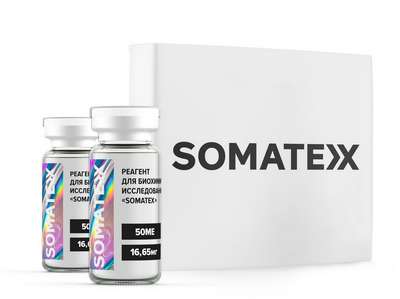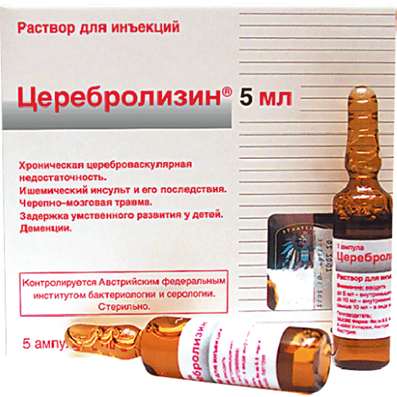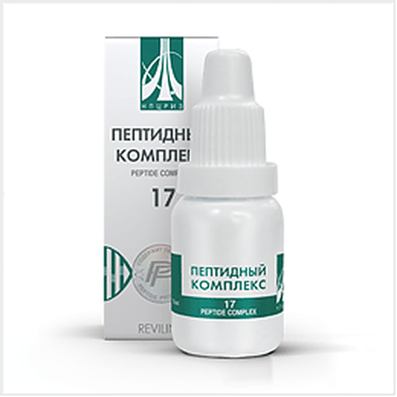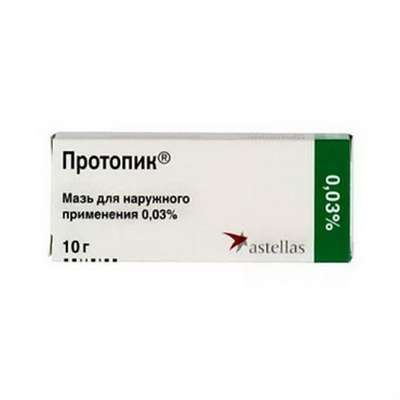Instruction for use: Farmazolinum
I want this, give me price
Active substance: Xylometazoline
ATX Code R01AA07 Xylometazoline
Pharmacotherapeutic group:
Alpha-adrenoceptor agonists
decongestant
The nosological classification (ICD-10)
H66.9 Otitis media, unspecified
Chronic otitis, Otitis, otitis media, middle ear infections, Otitis media in children
J00 Acute nasopharyngitis [runny nose]
Viral rhinitis, Inflammation of the nasopharynx, Inflammatory diseases of the nose, purulent rhinitis, Nasal congestion, Nasal congestion with colds and flu, The difficulty of nasal breathing, The difficulty of nasal breathing for colds, Difficulty in nasal breathing, Difficulty in nasal breathing in colds, nasal, hypersecretion, cold, ARI with rhinitis phenomena, coryza, Acute rhinitis of various origins, Acute rhinitis with thick purulent mucous exudate, Acute nasopharyngitis, Swelling of the mucosa of the nasopharynx, Rhinitis, rhinorrhea, Infectious-inflammatory diseases of ENT organs, heavy cold, rhinopharyngitis, nasopharyngitis
J01 Acute sinusitis
Inflammation of the sinuses, Inflammatory diseases of the paranasal sinuses, Purulent inflammation of the paranasal sinuses, Infectious-inflammatory diseases of ENT organs, Infection of the sinuses, Combined sinusitis, Exacerbation of sinusitis, Acute inflammation of the paranasal sinuses, Acute bacterial sinusitis, Acute sinusitis in adults, Subacute sinusitis, acute Sinusitis, sinusitis
J04 Acute laryngitis and tracheitis
Cough in diseases of the upper respiratory tract, Laryngitis, acute Laryngitis, tracheitis sharp, pharyngolaryngitis, Infectious-inflammatory diseases of ENT organs
J30 Vasomotor and allergic rhinitis
Allergic rinopatiya, Allergic rhinosinusopathy, Allergic respiratory diseases, Allergic rhinitis, nasal allergy, Seasonal Allergic Rhinitis, Vasomotor rhinitis, Long-allergic rhinitis, Perennial allergic rhinitis, Perennial allergic rhinitis, Year-round or seasonal allergic rhinitis, Year-round allergic rhinitis nature, Rhinitis allergic vasomotor, Exacerbation of pollen allergy in the form of Syndrome rinokonyunktivalnogo, Acute allergic rhinitis, Edema of the nasal mucosa, Edema of the nasal mucosa, Swelling of the mucosa of the nasal cavity, Swelling of the nasal mucosa, Swelling of the nasal mucosa, pollen disease, Permanent allergic rhinitis, rhinoconjunctivitis, rhinosinusitis,rhinosinusopathy, Seasonal allergic rhinitis, Seasonal Allergic Rhinitis, Haymarket rhinitis, Chronic allergic rhinitis, Allergic respiratory diseases
R60.0 Localized swelling
Allergic laryngeal edema, Local swelling, Local swelling, local edema, localized swelling, Swelling of the lower extremities, Swelling caused by inflammation of the tendon sheath, The swelling after dental surgery, Swelling of the mucous nasopharynx, Swelling of traumatic origin, Traumatic edema, Swelling with injuries, Post-traumatic swelling, Post-traumatic edema, Post-traumatic soft tissue edema, Traumatic edema, Edema oral
Composition
1 ml of nasal drops comprising Xylometazoline hydrochloride 0.5 mg or 1; in bottles of 10 ml, in the box one bottle.
pharmachologic effect
vasoconstrictor, decongestant.
Turn the alpha-adrenergic receptors, constricts blood vessels of the nasal mucosa, reduces exudation, congestion and blood flow in the venous sinuses, nasal breathing easier.
clinical pharmacology
It operates mainly topically (systemic absorption is negligible). The effect occurs within 5-10 minutes and lasts for 1-2 hours.
Indications
Acute allergic rhinitis, hay fever, laryngitis, sinusitis, otitis, swelling and redness of the mucous membranes of the nose and throat of different etiology, prevention of edema in diagnostic and surgical procedures in the nasal passages.
Contraindications
Hypersensitivity closure form of glaucoma, atrophic rhinitis, hypertension, hyperthyroidism, tachycardia, expressed atherosclerosis.
Side effects
Burning sensation, tingling, or dry nose, headache, insomnia, hypertension, transient blurred vision.
Interaction
Enhances the effects of other agonists, weaken -. Sympatholytic adrenergic and calcium antagonists.
Dosage and Administration
Intranasal, 1-3 drops in each nostril 1-3 times a day for 3-5 days.
Overdose
Symptoms: headache, dry nose, nausea, depression, increased blood pressure, transient blurred vision.
Treatment: An Introduction antagonists (simpato- and adrenolytics), symptomatic therapy.
special instructions
After opening the bottle can be used for 14 days (maximum)
Storage conditions of Farmazolinum
The temperature is not higher than 25 ° C.
Keep out of the reach of children.
Shelf life of Farmazolinum
2 years.
Do not use beyond the expiration date printed on the package.

 Cart
Cart





